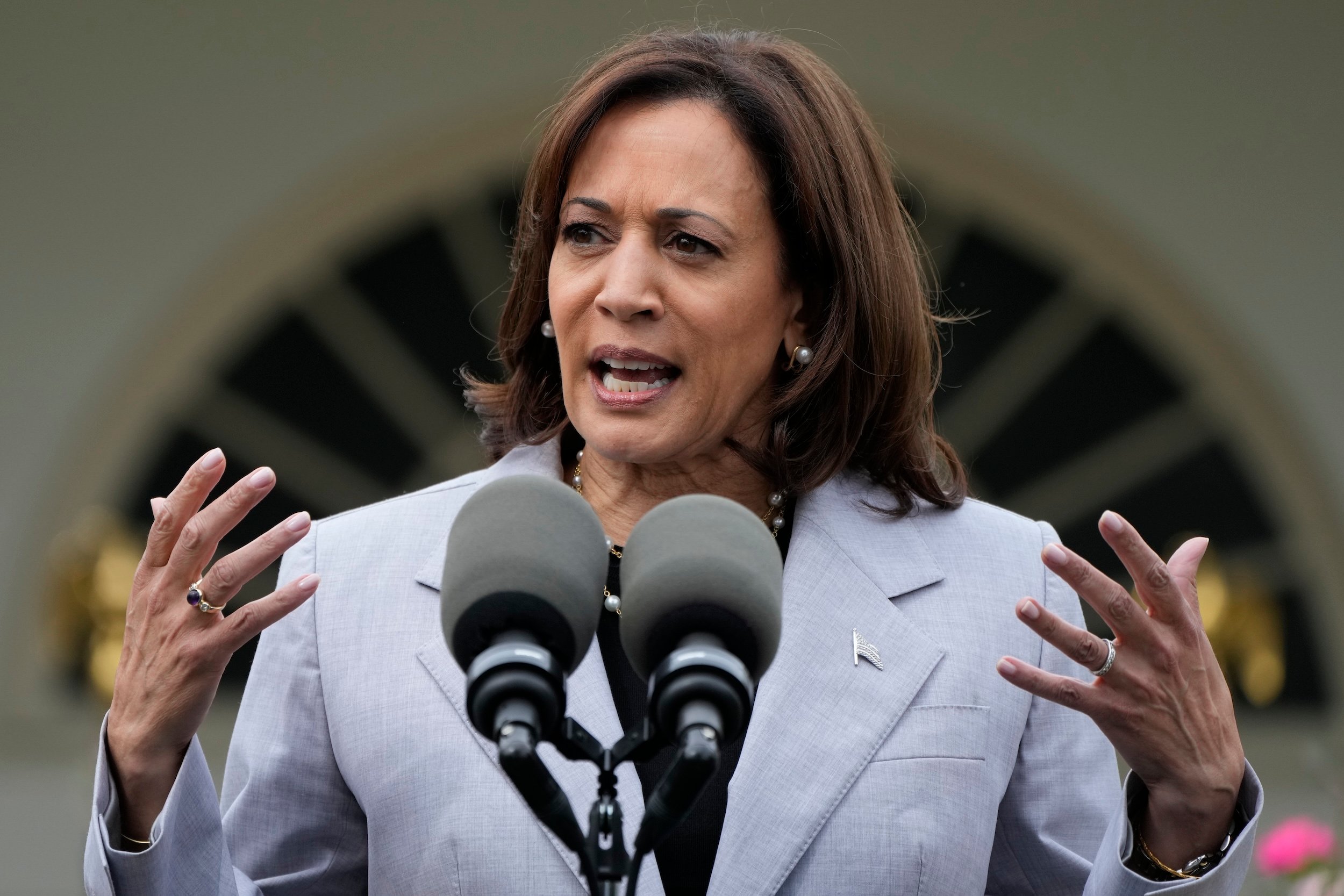What To Know Today
NRA directors reelect CEO Wayne LaPierre. At a sparsely attended annual meeting in Charlotte, North Carolina, on Saturday, a small crew of NRA members and directors seeking reform drew little support. Frank Tait, an NRA life member and critic of current leadership, put forward a resolution calling for the resignation of LaPierre and other officers. The resolution was blocked and did not get a vote. Board gadfly Phil Journey, who led an effort to investigate the New York attorney general’s allegations against the NRA during the group’s failed Texas bankruptcy, nominated fellow director Rocky Marshall for LaPierre’s post. Marshall is attempting to intervene in the New York suit, arguing that NRA leadership is not acting in the group’s best interests. His nomination went nowhere. According to an account that Tait posted online, 49 out of 76 board members attended. Tait reported that 44 directors voted to reelect LaPierre, two voted against him, and three did not vote. Directors also chose Charles Cotton to succeed Carolyn Meadows as NRA president, swapping one high-ranking LaPierre loyalist for another. The NRA boasts about having upward of five million members. According to Tait, there were roughly 200 people, including board directors, at the annual meeting. — Will Van Sant, staff writer
ICYMI: Federal judge says FEC must investigate, rule on allegations that the NRA violated election law. Judge Emmet Sullivan of the U.S. District Court for D.C. ruled that the Federal Election Commission must determine whether the gun group illegally used a network of shell companies to coordinate spending with the campaigns of former President Donald Trump and other Republican candidates. The ruling stems from a suit that the Campaign Legal Center and Giffords Law Center to Prevent Gun Violence brought against the FEC for failing to take action on four complaints Giffords submitted alleging that the NRA violated the Federal Election Campaign Act. The FEC complaints were spurred by a series of reports published by our Mike Spies laying out evidence that the NRA and its vendors used apparent shell companies to evade rules prohibiting coordination between outside groups and the campaigns they support.
Suicides rose 15 percent among military personnel in 2020. Overall, 580 service members — 384 active-duty troops, 77 reservists, and 119 National Guard members — took their own lives last year, according to the Department of Defense’s Annual Suicide Report. The total number was up from 504 in 2019 and 543 in 2018. Most military personnel who took their own lives were currently enlisted, white, male, and under 30. The proportion of suicides with a gun ranged from 64 percent (active) to 75 percent (reservists) to 80 percent (National Guard members). The report also noted that a majority of military personnel held the misconception that gun storage practices have no affect on suicide risk. “While the presence of a firearm does not cause someone to be suicidal, research tells us that storing a loaded firearm at home increases the risk of dying by suicide up to four to six times,” said Karin Orvis, director of the department’s suicide prevention office. The new report comes weeks after the Department of Veterans Affairs released a report finding a slight decline among veteran suicides in 2019. In addition to looking at a different year, that report also included former military personnel. [If you are having thoughts of suicide, help is available 24 hours a day: Call the National Suicide Prevention Lifeline at 1-800-273-8255 or text 741741 to reach the Crisis Text Line.]
“We are under attack by the state of Massachusetts.” So said Smith & Wesson CEO Mark Smith about his decision to relocate the headquarters of the storied gunmaker from Springfield, Massachusetts, to Maryville, Tennessee, which we covered here on Friday. After initial news reports about the move, Smith spoke to the Springfield-based The Republican and specified that the decision was largely a reaction to proposed Massachusetts legislation that would ban the in-state manufacturing of firearms that are illegal to sell in the state.
Capitol rioters came armed, despite repeated claims otherwise. After the events of January 6, we tracked some of the gun charges levied against people in Washington, D.C., surrounding the riot, though most of the actual violence didn’t involve firearms (an exception was the fatal police shooting of a rioter). Mother Jones recently parsed video footage, court documents, and Congressional testimony to flesh out the picture, including that some protesters allegedly carried concealed pistols and more details about an alleged arsenal of guns stockpiled near downtown D.C. by members of the Oath Keepers militia.
Data Point
~4.5 million — the number of women in the United States who reported being threatened with a gun by an intimate partner in their lifetime, according to a 2018 study. The same survey found that nearly 1 million women had reported being shot or shot at by an intimate partner. October is Domestic Violence Awareness Month. [Trauma, Violence, & Abuse journal]

